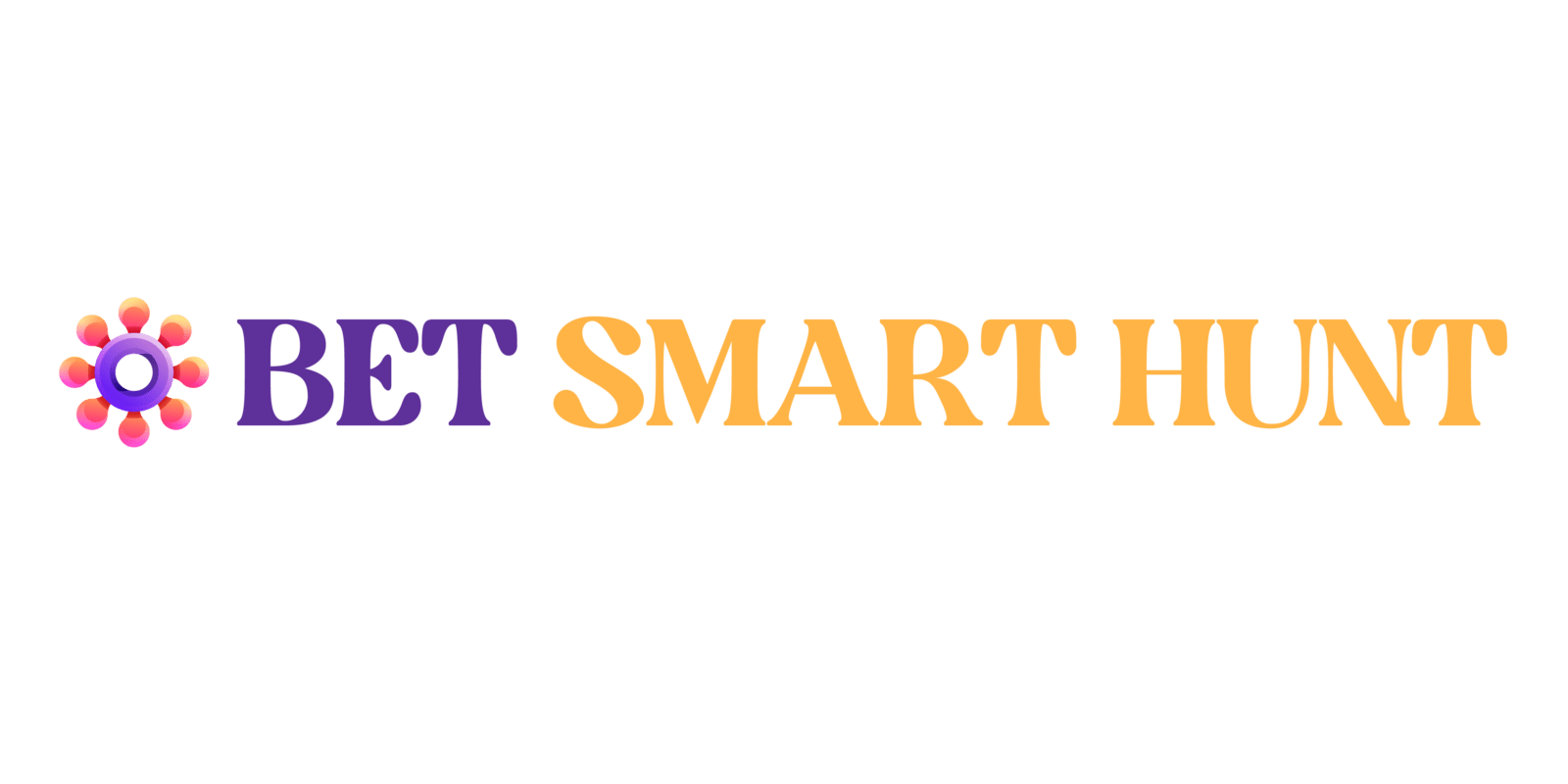What is fntgflrs?
At its core, fntgflrs is a digitalnative concept that’s tough to put in a box. It’s a mix of decentralized systems, creative tech, and grassroots community building. Part software layer, part protocol, part ideology—fntgflrs emerged as an answer to fragmentation in today’s internet experiences.
Instead of more siloed platforms or bloated apps, it offers lightweight, interoperable solutions that prioritize speed, user control, and a layer of anonymity. Think outside the app store. Think tools and modular systems for people who want function over fluff.
Why People Are Paying Attention
A few things made fntgflrs stand out:
Modularity: You can build with it or bolt it onto what you’ve already got. It’s flexible, not prescriptive. CommunityLed Development: It’s not VCowned. It’s codedriven by folks who use it. Zero Bloat: No tracking, minimal UI, and all signal. That’s a plus in today’s noiseheavy platforms.
Plus, fntgflrs integrated well with other open systems—giving it traction among devs, creators, and privacy advocates faster than anyone expected.
RealWorld Use Cases
For all the chatter about theory, the practical side is what makes this interesting.
Creators: Artists use fntgflrs to publish, distribute, and monetize without thirdparty control or platform fees. Communities: Online collectives deploy it to create miniwebs that function free of corporate choke points, whether for discussion forums, creator hubs, or distributed archives. Dev environments: Coders integrate it into backend systems for version controls, microservices, or interoperable protocols.
You won’t see splashy marketing behind it. What’s driving adoption are real implementations solving stubborn problems.
Minimal Setup, Maximum Output
Most tools today aim to dazzle with polish. fntgflrs skips that and focuses on results. It works quietly in the background. Setup is lightweight—config and go. There’s little to no onboarding fluff.
Its approach leans on smart defaults and modularity, with almost no vendor lockin. If you ever tried to move from one app suite to another and found yourself trapped, you’ll appreciate what fntgflrs is solving.
fntgflrs in Contrast
Let’s stack it up against what it’s not.
Not clouddependent: It can operate fully on local or peerhosted environments. Not a social platform: No likes, no follower counts, no designed addiction loops. Not for mass market—yet: If you’re looking for mainstream acceptance, you may have to wait. This is still in the hands of early adopters, niche pros, and devheavy communities.
But that’s also where innovation often lives—just below the radar until the world catches up.
Community: Small, Smart, Focused
The fntgflrs ecosystem isn’t massive yet. But that’s its strength. The small community pushes rapid iteration, values transparency, and shares code freely.
There’s no central company steering the ship, which makes it agile and hard to coopt. Users build what they need and share it. Updates come from collaboration, not corporate strategy decks.
The Future of Internet Tools?
Here’s the blunt truth: centralized platforms are aging fast. Their incentives don’t align with users anymore. That gives fntgflrs a shot—not necessarily as “the next big thing,” but as an important piece of the puzzle.
If the web gets rebuilt with smaller blocks, fewer middlemen, and more logic, tools like fntgflrs will be indispensable. They won’t replace everything, but they’ll make a lot of current stuff obsolete or unnecessary.
The Risks and Gaps
It’s not perfect. Here’s where it falters:
Documentation is patchy. If you’re not technically inclined, you’ll have a learning curve. Interoperability outside its niche is still a work in progress. Support is communitydriven, so help doesn’t come in realtime or live chat.
Still, if you value autonomy, speed, and tinkerfriendly systems, the tradeoffs might be worth it.
Final Take
fntgflrs isn’t trying to be everything for everyone. It’s lean, adaptable, and built by the same people who use it. That gives it staying power, especially in communities tired of bloated solutions and data grabs.
Is it polished? No. Is it powerful? Yeah—if you know what you’re doing.
So don’t expect massmarket slickness. Don’t look for buzzwords. Just watch as small teams start shipping faster, creators get control again, and the web gets a little more human in the process—with fntgflrs leading steps in that direction.




